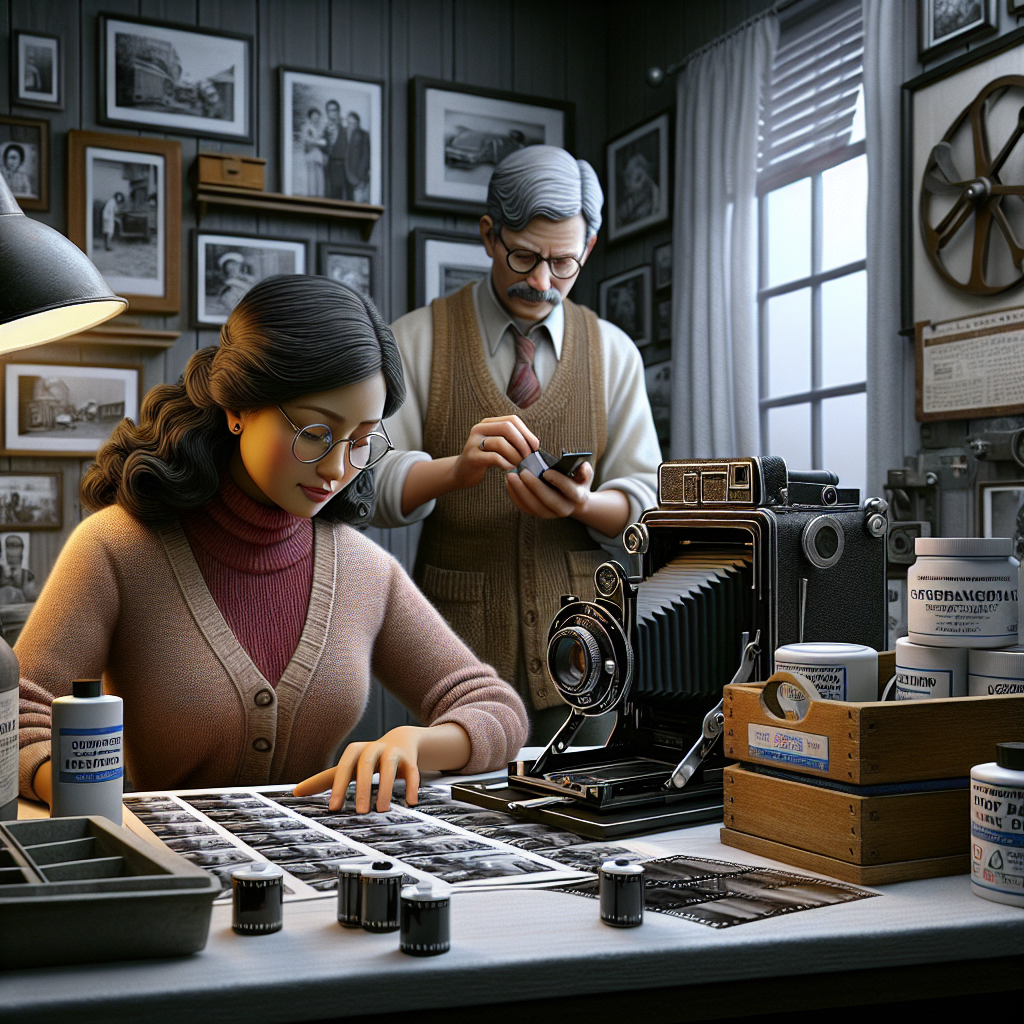Printing black and white images can be a rewarding endeavor, allowing photographers and enthusiasts to focus on contrast, texture, and composition without the distraction of color. Whether you’re aiming for a classic look or simply want to highlight certain aspects of your image, understanding how to print black and white images effectively is crucial. This guide will walk you through the basics, including software settings, printing methods, and equipment needed to achieve the best results.
Essential Tools and Equipment
Before diving into the specifics of how to print black and white images, it’s important to have the right tools and equipment. Here’s what you’ll need:
| Tool/Equipment | Description |
|---|---|
| Photo Editing Software | Software like Adobe Photoshop, Lightroom, or GIMP to convert and edit your images. |
| Printer | A high-quality printer, preferably one designed for photo printing. |
| Ink | Black and white ink cartridges for optimal tonal range. |
| Photo Paper | Glossy, matte, or fine art paper designed for black and white printing. |
Step-by-Step Process to Print Black and White Images
Here’s a detailed step-by-step guide to print black and white images:
Step 1: Choose the Right Image
Not all images are suited for black and white printing. Look for images with strong contrasts and textures. Images with a wide range of tones, from deep blacks to bright whites, typically make the best black and white prints.
Step 2: Convert to Black and White
Use your photo editing software to convert the image to black and white. Avoid simply desaturating the image, as this often leads to flat, uninspired results. Instead, use dedicated black and white conversion tools within your software, allowing you to adjust the tones individually.
- Adobe Photoshop: Use the ‘Black & White’ adjustment layer for control over individual color tones.
- Adobe Lightroom: Use the ‘Black & White’ panel under the ‘Develop’ module.
- GIMP: Use the ‘Desaturate’ tool under the ‘Colors’ menu, then adjust levels and curves.
Step 3: Edit for Print
Editing for print is different from editing for digital. You’ll want to sharpen the image, enhance the contrast, and ensure that all details are visible. Pay special attention to highlights and shadows, ensuring they are neither blown out nor too dark.
Step 4: Choose the Right Paper
The paper you choose can significantly affect the final print quality. For a classic look, go for glossy paper. For a more subdued, artistic feel, choose matte or fine art paper. Sample different types until you find one that suits your image style.
Step 5: Printer Settings
When you’re ready to print, ensure your printer settings are optimized for black and white images. Most printers have a ‘Black and White’ or ‘Grayscale’ setting. Make sure you use the highest DPI setting for the best detail and quality.
Step 6: Print a Test Image
Before printing your final image, print a test image to check for any issues. This will help you identify if any adjustments need to be made in terms of color, contrast, or brightness.
Troubleshooting Common Issues
Even with careful preparation, sometimes things don’t go as planned. Here are some common issues and how to troubleshoot them:
Issue: Prints Appear Flat
Solution: Increase overall contrast and reprint. Ensure that you are not using the auto-enhance feature on your printer, as it can sometimes reduce contrast.
Issue: Details are Lost in Shadows or Highlights
Solution: Adjust levels and curves in your editing software to ensure detail in both shadow and highlight areas. Check your monitor calibration to ensure it accurately represents your image tones.
Issue: Ink Smudging
Solution: Allow the print to dry completely before handling. If the problem persists, consider using a different type of paper designed specifically for your printer’s ink type.
Conclusion
Printing black and white images is an art form that requires careful attention to detail, from choosing the right image to selecting the appropriate paper. By following this guide, you will be well on your way to creating stunning black and white prints that showcase your photography skills. Whether you are a professional photographer or a hobbyist, the right techniques and tools will ensure that your black and white images are printed to perfection.




